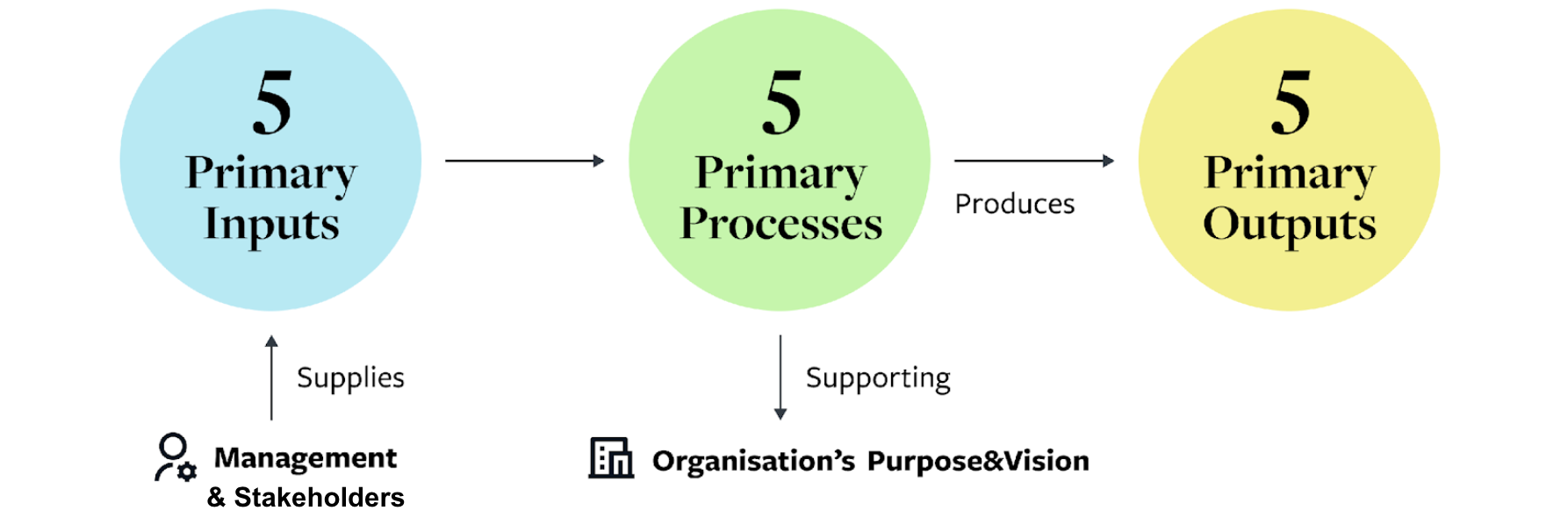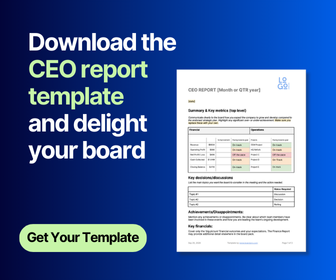Eight Characteristics of Good Governance
We are often asked to name examples of good board governance. We usually decline because each board is unique and must deal with its own circumstances and be judged in its own terms. Having said that there are characteristics that are almost always present in what we might define as a ‘good’ board.
Here are eight characteristics that we can confidently link to effective governance.
1. Board composition is fit for purpose
2. There is role clarity
3. Organisational purpose is clearly defined
4. There is skilful use of policy leverage
5. Effective teamwork with the CEO
6. High impact board meetings
7. Information flows to the board that is tailored to its needs
8.Board (and director) performance is under active review
1. Board composition is ‘fit for purpose’
To state the obvious, the members of a board have to be up to the job. For a board to have the competencies it needs, it starts with the challenges facing the board and the entity it governs. What are the skills, knowledge, and experience the board needs to deal with those challenges? How well matched are current board members’ attributes to those needs? This analysis then needs to be available to those who can influence the selection of new board members. Although few boards have complete control over their own membership, even democratically elected boards can increase their electors’ awareness of their current strengths and relative weaknesses. For good governance, boards also have active induction processes that ensure new members are integrated into the boardroom team. Individuals should be able to participate in the decision-making process and be effective contributors from day one.
2. There is role clarity
Simply put, a governing board is a group of representatives with the responsibility of providing effective direction and control to an organisation. There will be some pointers to this in most organisation’s constitutional documentation. Most boards, however, need to ‘operationalise’ their constitutional powers and determine how those will be applied. What they need, in effect, is more job information against which they can align members’ expectations. A board ‘charter’ is typically the vehicle for this. There are plenty of easily accessed examples if your board does not already have a charter. An effective board ensures that this is a live document that provides real-time guidance in the conduct of its activities.
3. Organisational purpose is clearly defined
Not-for-profit institutions inherently exist to serve some form of social purpose. Governmental organisations exist to provide various public ‘goods’. However, ‘for profit’ organisations do not exist to make a profit although their survival depends on it. Such profit as they make is a by-product of satisfying a customer need. A board that cannot state clearly why its organisation exists is on a journey without a destination - any road will get you there. Good governance means a board can state their purpose in terms of the benefit their organisation delivers and to whom. That clarity benefits almost all of the decision-making processes.
4. There is skilful use of policy leverage
Governing boards only convene periodically and yet they have full-time accountability for everything done in the name of their organisation. It is not conceivable that all decisions to be made should wait for the next board meeting. The board must have a means of influencing the decisions that must be delegated to other people and that is the function of its policy framework. Board-set policy means the board must reach a consensus on two objectives: 1) it must define what is to be achieved (expressed in outcome terms) and 2) what is to be avoided (expressed in proscriptive terms). In this way a board both sets the organisation’s strategic direction and identifies the risks that must be managed (the situations and circumstances that must be avoided). An effective board also does not confuse policy with procedure. The former answers the questions of ‘what’ and ‘why’ and must always be formulated first. The latter addresses the matter of ‘how’.
5. Effective teamwork with the Chief Executive
The relationship between the board and its chief executive has been compared to dancing a tango. A lot can be drawn from that analogy but at its core is the idea of interdependence. A board has positional power (e.g. as employer) but is dependent on its chief executive to apply resources to achieve desired results. Like an intricate dance, if one or other of the partners is a weak performer, both fail. For good governance, boards must be explicit about their chief executive’s accountability and degree of decision-making autonomy. They support this with an active, transparent performance management process. Open, honest communication ensures there are no surprises between them.
6. High impact board meetings
Substantively, board work is conducted in board meetings. In the course of a year the board has a mere fraction of the time available to its executive team. Despite that a significant proportion of most boards’ meeting time is poorly used. There is truth in the old joke about board meetings - that they take minutes and waste hours. Effective boards are highly intentional about how they spend their available time. They use tools like an annual agenda or board work plan to think ahead about the best use of their time, prioritising topics for their attention. Then, at each board meeting they deal with the most important information of the day first. Modern board management software (like BoardPro) has a valuable contribution to make here.
7. Information flows to the board that is tailored to its needs
A common boardroom refrain is that ‘we get too much of the wrong stuff’. This alludes to the fact that too many boards are forced to rely on reports prepared to meet management’s own needs. There isn’t time (and shouldn’t be a need) for boards to bury themselves in operational detail. The board’s policy making process (see characteristic #4 above) establishes its interests and consequently the criteria for management reporting. Good governance sees boards work on proposals and reports that are shaped to support the governance function, are for the long term, and are of a quality and quantity that is accessible and digestible by directors.
8. Board (and director) performance is under active review
The best boards - and the most effective directors - are constantly looking to enhance their effectiveness and efficiency. Integral to this are periodic formal and independent reviews of their governance practices and processes. These boards pay nearly as much attention to their own effectiveness as they do to the performance of their executive teams.
Share this
You May Also Like
These Related Stories

Nine steps to an effective governance model

Introducing the BoardPro Governance Playbook


